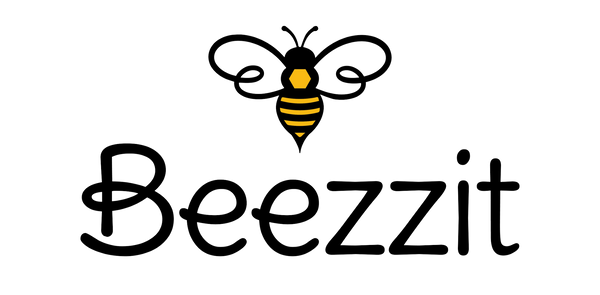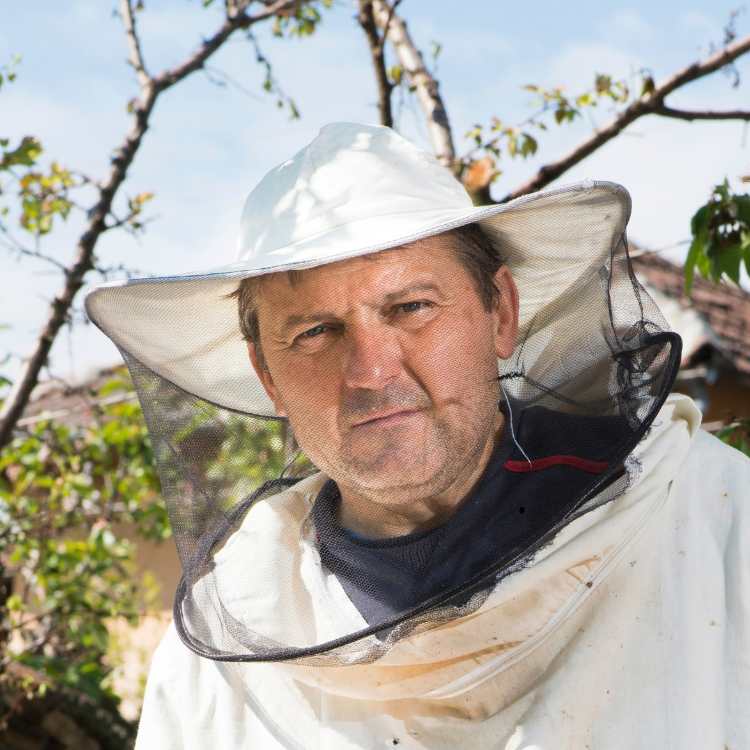Texas beekeeping offers unique opportunities thanks to the diverse climate and flora. The most successful bees in Texas adapt well to the state's varying temperatures and long growing seasons. From the moisture-rich coastal areas up to the dry western side, various species display diverse levels of flourishing. Let's take a closer look at five dominant species that prosper well in the Lone Star State.
Italian Honey Bees
In Texas, the Italian honey bees are considered as the favorite choice for beginner and expert beekeepers alike. These golden-colored bees in Texas cope with high summer temperatures exceptionally well while keeping up notable honey making during the season. Their friendly temperament makes them perfect for city beekeeping, where close interaction is usual with neighbours.
Italian honey bees stand out among bees in Texas for their exceptional cleaning behaviors and resistance to many common bee diseases. They build strong colonies quickly in spring, taking full advantage of Texas's early blooming periods. However, their enthusiasm for brood rearing sometimes leads them to deplete honey stores faster than other bees in Texas. This trait requires careful management during the state's occasional drought periods.
Carniolan Honey Bees
These dark-colored bees in Texas excel in areas with unpredictable weather patterns. Carniolan bees adapt quickly to changing conditions, making them particularly suited for regions where spring arrives early but can retreat unexpectedly. Unlike some other bees in Texas, they maintain smaller colony sizes during food shortages, helping conserve resources.
Many beekeepers favor these bees in Texas for their exceptional navigation skills and foraging abilities. They work earlier in the morning and later in the evening compared to other species, maximizing nectar collection during Texas's hot summer days. Their conservative winter cluster size also helps them survive occasional cold snaps while maintaining enough strength to build up quickly when warmth returns.
Russian Honey Bees
Though relatively new among bees in Texas, Russian bees have gained popularity for their outstanding mite resistance. These hardy bees in Texas require less chemical treatment for varroa mites, making them attractive to beekeepers focused on natural management practices. They build up colony strength steadily throughout spring, though slightly slower than Italians.
Russian bees show excellent winter survival rates and strong hygienic behavior. Their defensive nature against hive beetles and wax moths makes them particularly valuable in humid East Texas regions where these pests thrive. However, they require more experienced handling due to their more defensive nature.
Caucasian Honey Bees
Caucasian bees represent a smaller but growing segment of bees in Texas. These gentle giants produce exceptional amounts of propolis, which helps protect the hive from Texas's extreme weather conditions. While not as common as other bees in Texas, they're gaining recognition for their work and adaptability to various climates within the state.
Their propensity for gathering propolis helps seal small hive openings, reducing the need for maintenance in windy areas. However, in humid regions, extra ventilation management might be necessary to prevent moisture buildup. Their longer tongues allow them to gather nectar from flowers that other bees can't access, making them valuable for diverse wildflower regions.
Buckfast Bees
Rounding out the top five bees in Texas, Buckfast bees offer a compelling mix of desirable traits. These hybrids combine disease resistance with excellent honey production, making them well-suited for Texas's diverse environmental challenges. They maintain productivity even during the state's occasional drought periods.
Buckfast bees show remarkable tolerance to tracheal mites and chalk broods, common issues in humid areas. Their foraging strength and tolerance of varying weather conditions make them particularly valuable for commercial operations requiring consistent performance across different regions.
Choosing the Right Bees
When selecting bees in Texas for a new apiary, consider the local climate and intended purpose. Commercial honey producers might prefer different species than hobbyists or pollinators. Factors like available forage, local weather patterns, and management time should influence the choice.
Success with any of these species requires understanding their unique traits and adjusting management practices accordingly. Regular hive inspections, proper feeding during dearth periods, and adequate ventilation help ensure healthy colonies regardless of species choice.

Beekeepers examining bees in the hive
Bottom Line
Remember that while these represent the top species of bees in Texas, individual strains within each species can vary significantly. Texas is among the best states for beekeeping and working with reputable local suppliers helps ensure your bees are well-adapted to regional conditions and maintain advertised traits.
The future of beekeeping in Texas looks promising, with new research continually improving our understanding of bee genetics and behavior. Whether choosing established favorites or exploring newer varieties, successful beekeeping starts with selecting bees well-suited to local conditions and management styles. Local beekeeping associations often provide valuable insights into which varieties perform best in specific regions of the state.





